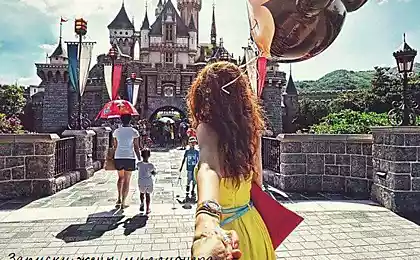910
"Catherine the Great" (also called "grisaille" and "Pink cameo") - Jewelry egg.

"Catherine the Great" (also called "grisaille" and "Pink cameo") - jewelry egg, one of the fifty-two Imperial Easter eggs made by Faberge for the Russian imperial family.
Created by order of Emperor Nicholas II as a gift to his mother, Maria Feodorovna at Easter 1914.
Egg is made of gold, pink and opaque white enamel. In a pattern applied by means of minting and threads of gold. On the sides arranged miniatures, with allegorical scenes of Arts and Sciences, the French artist Francois Boucher. Stand for eggs made of gold.
In a letter to his sister, Alexandra, Maria Feodorovna notes that the surprise in this egg was a mechanical palanquin with Catherine the Great in which are two negro.
The palanquin is small windows of rock crystal. Through them visible figure of Catherine. Empress dressed in a robe trimmed with ermine, made of white enamel. Himself a palanquin decorated with embossed and gold thread. Arap dressed in bright livery of red enamel color their turbans. Surprise is equipped with a mechanism that sets it in motion: Arap slowly rearrange the legs, and the palanquin rolls on small wheels.
In 1914, Nicholas II gave it to his mother, Maria Feodorovna.
In 1927, it sold the egg Hammer Gallery in New York, where in 1931 bought Eleanor Barzini, as a gift for mother's birthday.
In 1973, he donated to the museum Hillwood in Washington, DC.


Sheikh Khalifa bin Zayed Al Nahyan, the Emir of Abu Dhabi.
The Royal Star of Paris - the most expensive brooch in the world.























